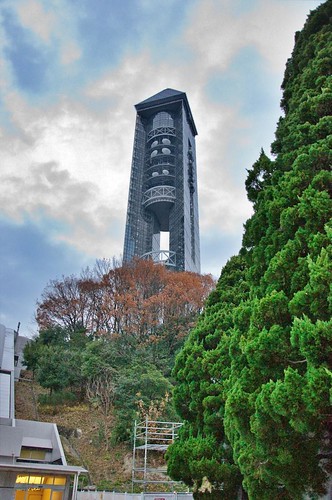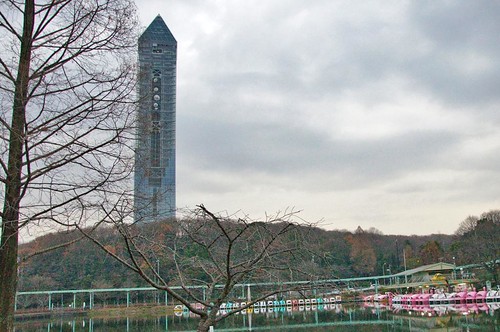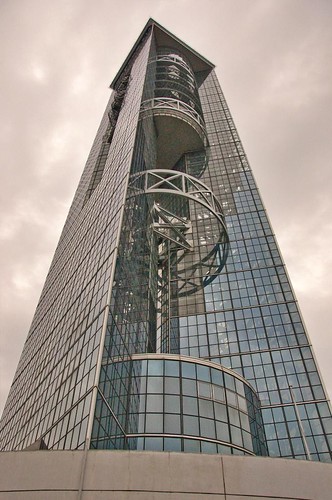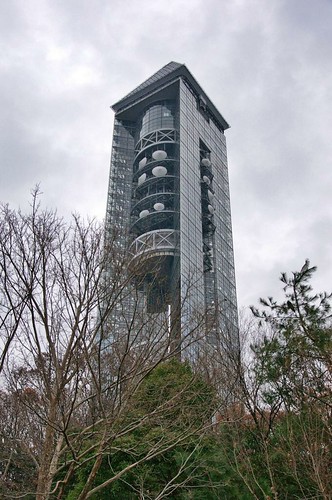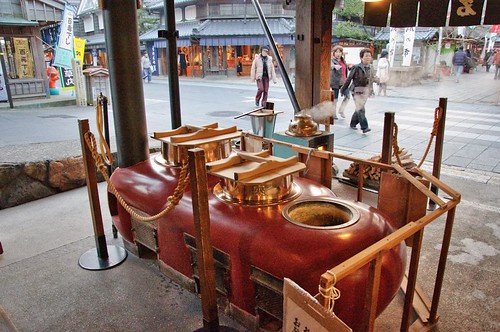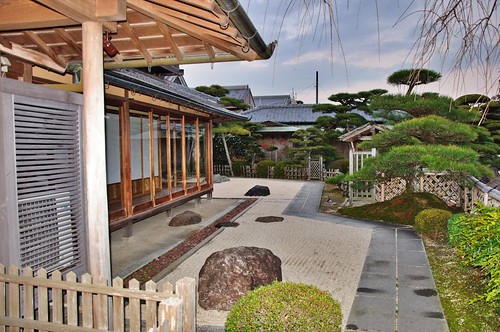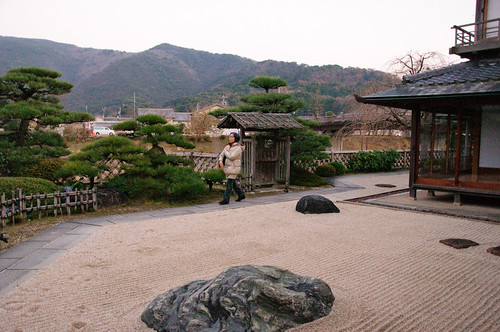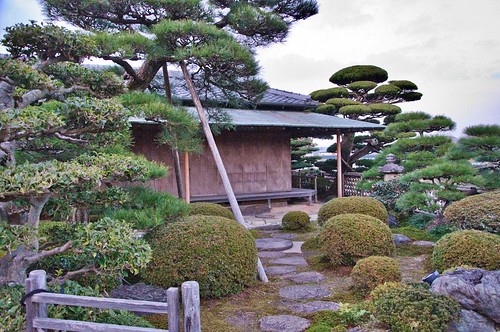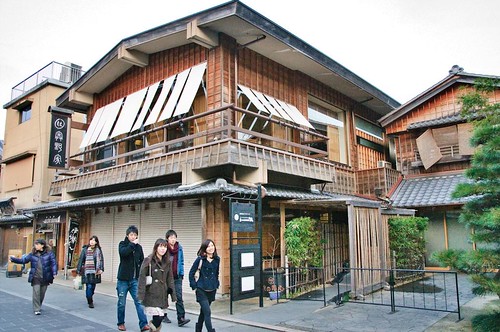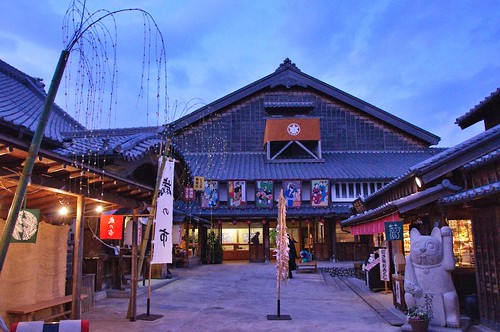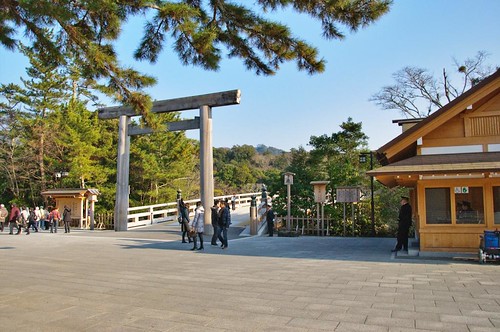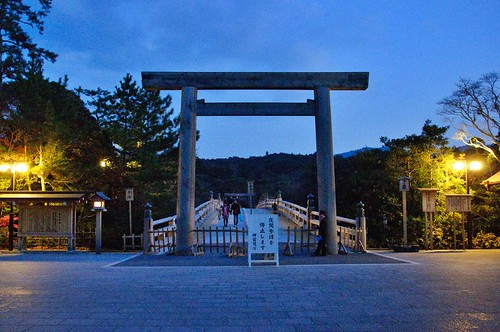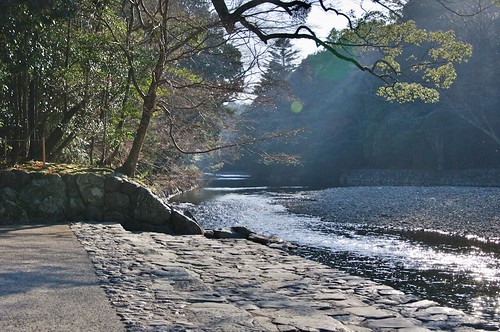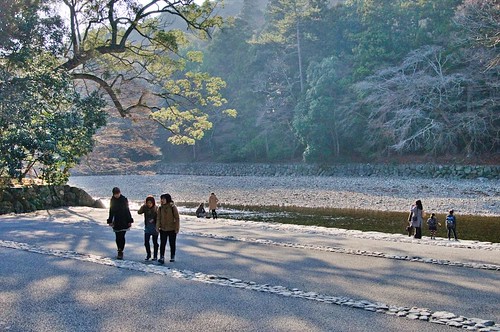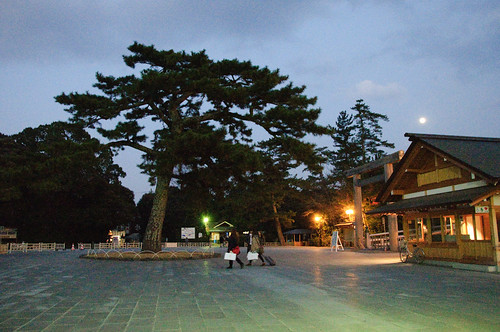
Tokugawa Ieyasu, the greatest shogun in the Japanese history, was the founder of the Tokugawa shogunate which controlled Japan for more than 260 years. Ieayasu united and stabilized a country previously ravaged by war, setting a peaceful period that fostered the advance of economy and culture.
In 1605 Ieyasu handed over his position as Shogun to his son Hideata and retired to his childhood home in Sumpu castle in Shizuoka.
In life, he expressed his wish to became a “kami” or divinity after his death to protect his descendants. Accordingly, he was deified after his death and buried at Kunozan, his remains were later moved to Nikko Toshogu, but his spirit is considered still enshrined at Kunozan.
All the thirteen structures at Kunozan are the originals and have been designated as an important cultural property.
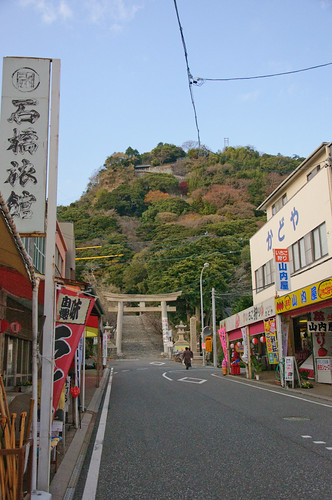
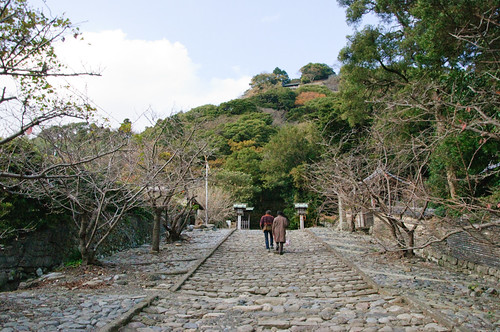
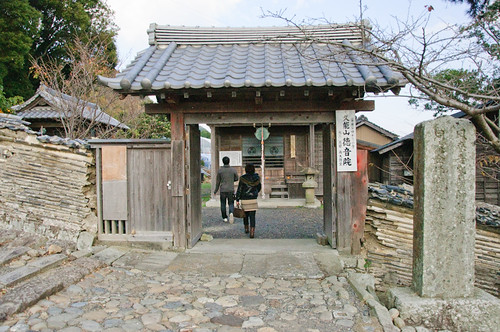
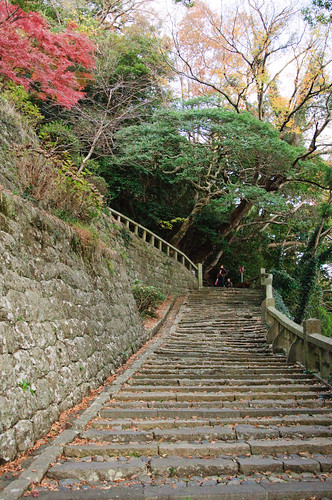
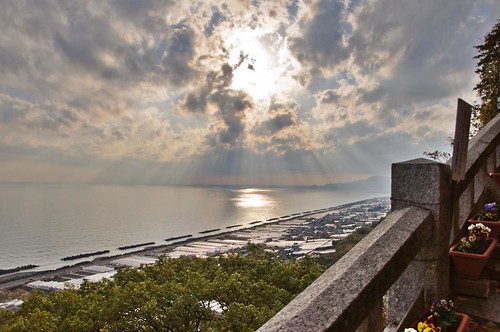
The shrine sits on top of the Kunozan hills, there is a ropeway to the shrine but climbing the 1159 stone steps leading to the shrine is considered a purifying ritual, additionally you can enjoy the fantastic view of the city, from the hill steps.
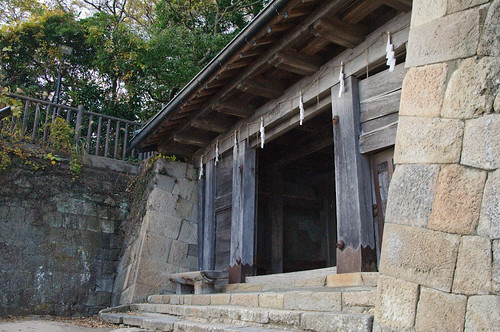

After climbing the stone steps, you can enter the grounds through the first gate (unless you use the ropeway that will take you a bit higher) a modest austere wooden gate that leads to more steps.

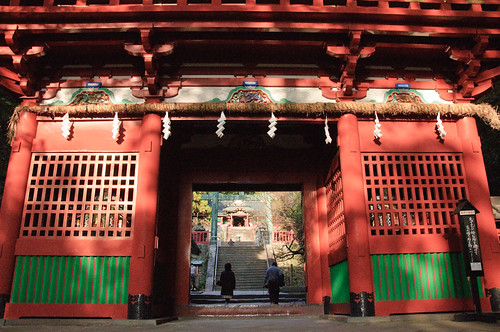
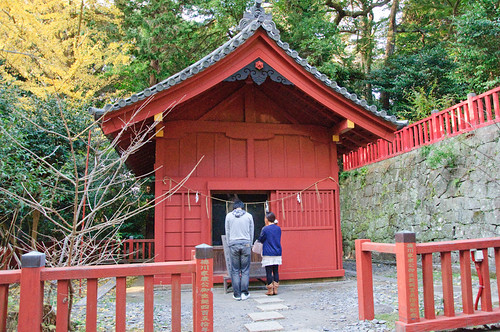
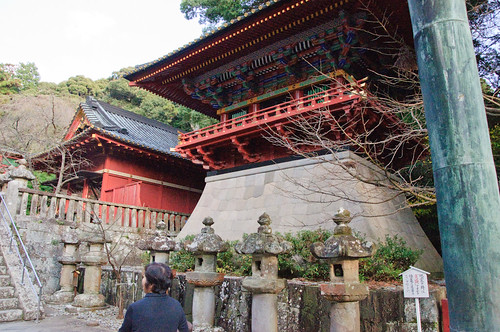
After the steps, the second gate “roumon” is visible, a more elaborated wooden structure, this gate delimits the Toshogu shrine. After the gate the “Shinkyu” or sacred stable of the Tokugawa’s favorite horse is at the left and the drum tower or “Korou” at the right.
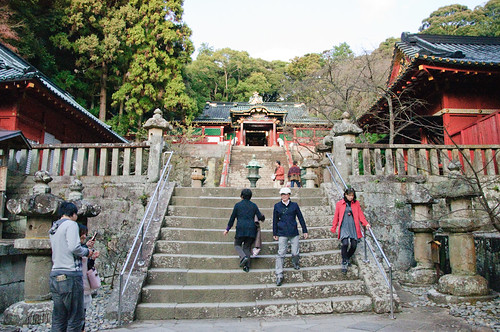

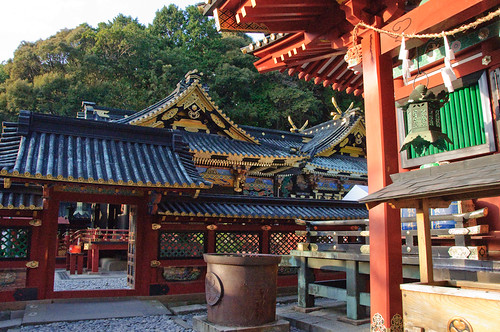
After a few more steps, the gate to the main hall is visible, but as is closed to general public, a side gate is used instead.
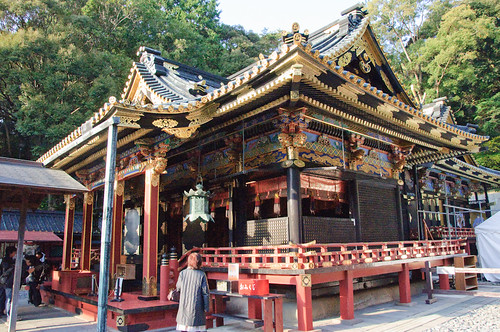
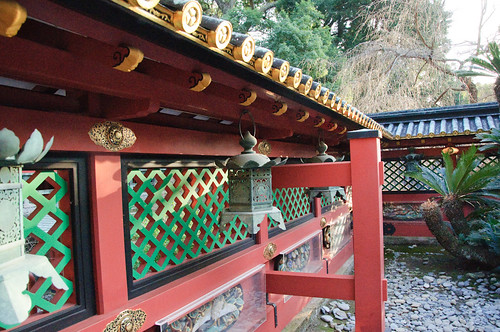



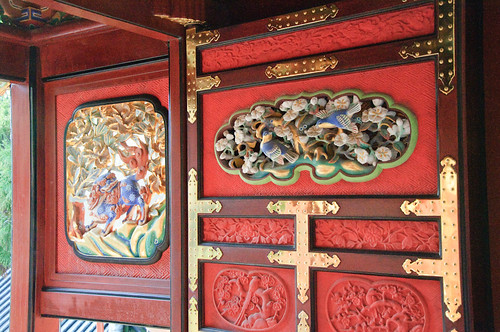



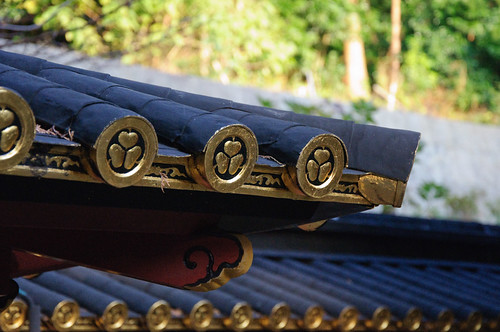

The main hall is a fantastic wooden building built by the famous master carpenter Masakyo Nakai in an amazing short period of 19 months. The main hall is not only of a beautiful design but the detail of the decorations is astounding.
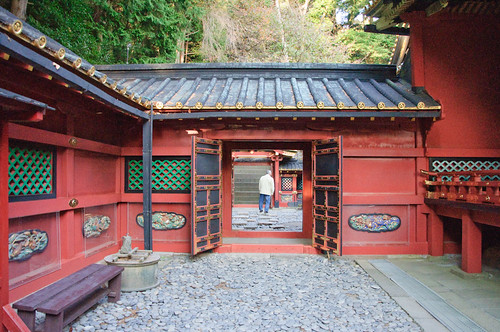
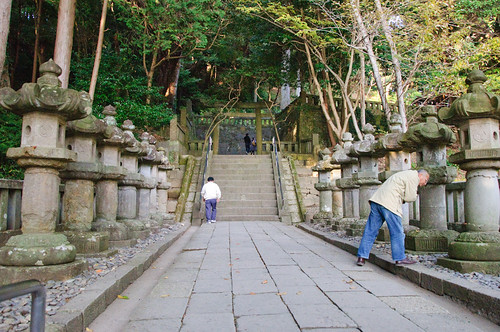
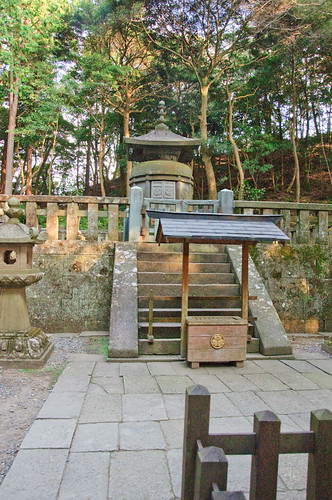
Most of the visitors return at this point but there is a back door leading to more steps and to the small shrine where Ieyasu was originally buried. The shrine is very austere compared to the main hall.
View Kunozan Toshogu in a larger map
Español
